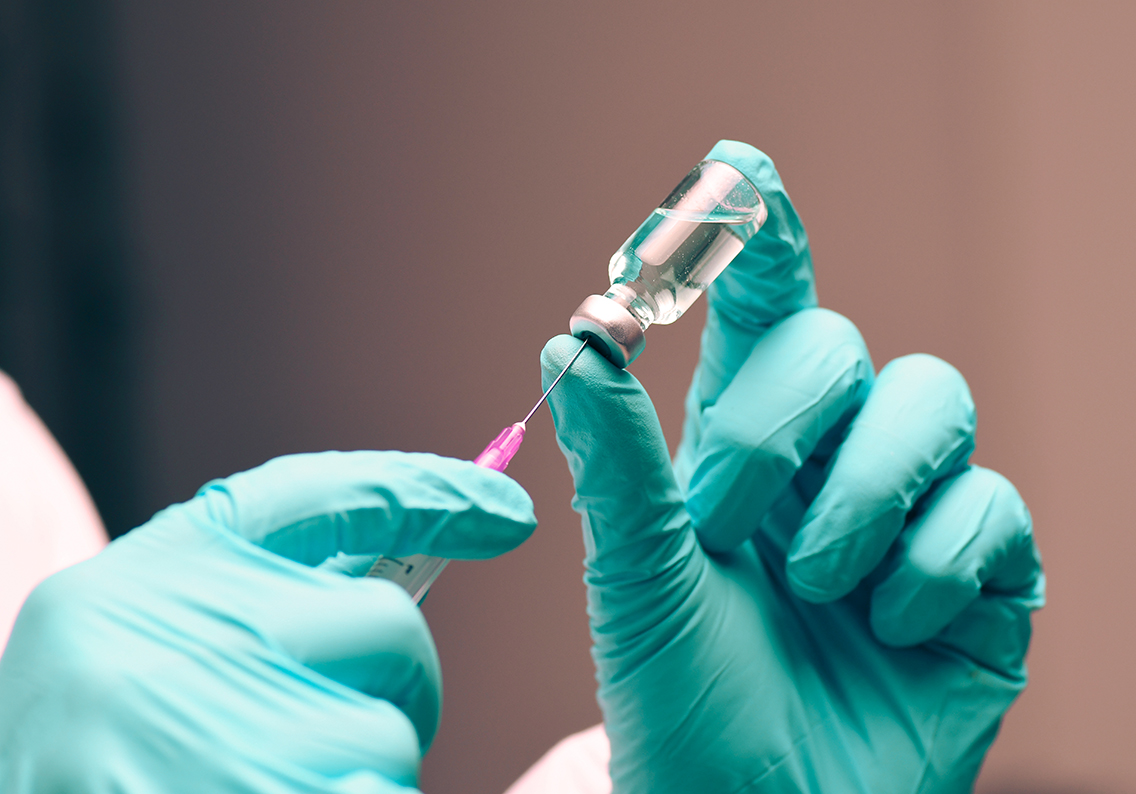Understanding Vaccine Trial Phases in Plano and Dallas
Vaccines have played a transformative role in global health since the development of the smallpox vaccine in 1796. Before a vaccine becomes publicly available, it must undergo a rigorous, multi-phase clinical testing process to ensure safety and effectiveness. These Vaccine Trial Phases Plano and Vaccine Trial Phases Dallas are essential steps that protect public health and build public trust.
According to the Johns Hopkins Vaccination Resource Center, the journey begins with pre-clinical testing in labs and on animals before moving into human trials. Once a candidate vaccine shows potential, it enters four distinct human trial phases. Each phase is designed to gather critical data about the vaccine’s safety, dosage, and effectiveness.
Explore Each Phase of Vaccine Trials in Plano & Dallas
Phase I: Initial Safety Evaluation
In Phase I, researchers test the new vaccine in a small group of healthy adult volunteers—typically between 20 and 100 individuals. The focus is primarily on evaluating safety and identifying any immediate side effects, such as localized pain, fever, or muscle aches. Participants in Vaccine Trial Phases Plano and Vaccine Trial Phases Dallas are carefully monitored to track immune responses and detect any adverse effects early on.
Phase II: Dose Optimization and Expanded Safety
Once initial safety is established, Phase II expands the trial to include a few hundred participants with diverse backgrounds. This phase continues to monitor safety while also determining the optimal dosage. Volunteers may be randomly assigned to receive different doses or be part of a control group. The Vaccine Trial Phases Plano and Dallas research teams aim to identify the most effective dosage that produces a strong immune response with minimal risk.
Phase III: Large-Scale Efficacy Testing
Phase III is where the vaccine is tested on a much larger population—typically thousands of people—to evaluate efficacy on a broader scale. These trials are randomized and double-blind, meaning neither the participants nor researchers know who receives the vaccine or placebo. The purpose is to confirm that the vaccine can prevent disease safely and reliably. Many Vaccine Trial Phases Dallas and Plano trials in this phase involve diverse participants that reflect the broader population.
Phase IV: Post-Approval Monitoring
After FDA approval, the vaccine enters Phase IV, where it is continually monitored for long-term effectiveness and safety in the general public. Unlike earlier phases, this stage includes tens of thousands of participants who receive the vaccine as part of routine care. Ongoing analysis during this phase helps determine how the vaccine performs in real-world conditions and whether rare side effects emerge over time.
Aim Trials and Local Vaccine Research
Understanding the structured phases of vaccine development highlights the importance of thorough testing and safety protocols. At Aim Trials, our experienced team is proud to contribute to these efforts by facilitating Vaccine Trial Phases Plano and Vaccine Trial Phases Dallas across a wide range of studies.
Our research site has successfully led Phase II through Phase IV trials for vaccines targeting RSV, COVID-19, influenza, meningococcal disease, and more. We offer reliable trial execution with high patient retention and strong compliance metrics, achieving a 98% eCOA compliance rate in the RSVpreF trial.
Located within a multi-specialty private practice, Aim Trials is uniquely positioned to support high-volume vaccine studies and recruit participants from hard-to-reach populations. Our diverse patient database ensures broad representation in every study.
To explore collaboration opportunities or learn more about participating, contact [email protected].
